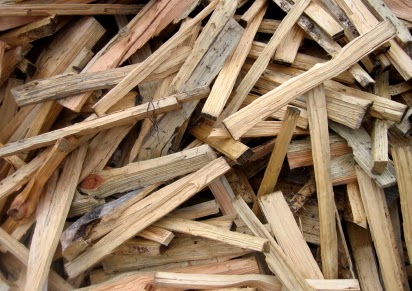Yes, llareta is real. The photo above is not a poorly photoshopped creation (for you bloggers resizing and reshaping your images ;-)). Azorella compacta is a perennial evergreen and grows close to rocks or soil in order to conserve heat at elevations of 14,000 to over 17,000 feet. Llareta is related to parsley and is quite slow-growing, adding only 1-1.5 centimeters per year. Some of these dense mats of llareta in the Andes Mountains of Chile, Peru, and Argentina have been carbon-dated as being over 3,000 years old. [Alternate carbon-dating definition: chemists getting together for dinner and a movie.]
The complete article about these dense mats that have, unfortunately, been used in South America as non-renewable fuel is linked here:
In comparison, the fast-growing, 3-crop-per-year corn crop in Kaua'i, Hawaii, takes a mere 3-4 months for the entire life cycle. The genetically modified organisms (or GMOs) are pushed to a level of ever-faster change in growth so that modifications to the corn seeds can be made in just 3 years (or, by some accounts, 7 years) instead of at least 13 years in a one-crop-per-year acrigulture. In any case, it's rapid, push it out to market food. In between every corn cycle, the fields are sprayed with Roundup herbicide which kills every broadleaf. Seed agriculture is now Hawaii's number one agricultural business, ahead of cane sugar, pineapples, and other native plants.
More on GMOs here from earlier this month (the photo credit is in the link below):
GMO Seed Agriculture Growth in Hawaii
Slow-growing, ancient organisms that have been around for thousands of years or fast-growing corn that has been genetically modified every few months, treated with three rounds a year of Roundup? Which seems safer for animals, including humans, to be around or, in the case of the corn, to actually eat?
This week's blog honors my mom, June, who has been active in getting people to understand what corporations like Monsanto and its product, Roundup, in their GMO research, are doing with our food. (Over 90 % of U.S. corn is now a GMO product).
Her best suggestion for us? Plant our own gardens!
And a final, favorite photo of another very old friend, the bristlecone pine (nearly 5,000 years of very slow growth in CA and other high elevations):
Looking forward to hearing your thoughts on the slow and the fast, the unchanged and the modified, llareta and GMOs (I can wait...),
Word Woman (aka Scientific Steph)




























